Urban Oasis: The Importance of Green Spaces in City Plant Biology
In the heart of densely populated urban environments, green spaces serve as vital lifelines for both human inhabitants and the ecosystem. Urban oases, which include parks, gardens, and green roofs, play a critical role in enhancing biodiversity, improving air quality, and contributing to the overall mental and physical well-being of city dwellers. This article explores the importance of these spaces through the lens of plant biology, highlighting their ecological functions, the interactions between plants and urban environments, and their potential to mitigate some of the challenges posed by rapid urbanization.
1. The Role of Green Spaces in Urban Ecosystems
Urban green spaces do not merely provide aesthetic beauty; they offer essential services that help mitigate the urban heat island effect, reduce pollution, and provide habitats for a variety of species. Studies have shown that plant species diversity within urban areas correlates with improved ecosystem services, such as carbon sequestration, stormwater management, and increased urban resilience against climate change.
1.1 Biodiversity in Urban Environments
Biodiversity is essential for a healthy ecosystem, and urban green spaces are crucial in preserving various plant species. By introducing a variety of native and adaptive species, cities can support pollinators, reduce pests, and improve soil health. According to research, urban parks can harbor over 80% of plant species found in larger ecosystems, particularly if they incorporate native flora, which can better withstand urban stresses like pollution and compacted soils [^1].
2. Green Spaces and Air Quality
Green spaces can significantly improve air quality, a pressing issue in urban areas characterized by high levels of vehicular emission and industrial pollutants. Plants contribute to better air quality through the process of photosynthesis, which converts carbon dioxide (CO2) into oxygen, and they help filter pollutants from the air.
2.1 Mechanisms of Air Filtration
Plants possess the ability to absorb pollutants such as nitrogen oxides (NOx), sulfur dioxide (SO2), and particulate matter (PM). The leaves of urban trees and shrubs act as biofilters, capturing dust and absorbing harmful gases. A study found that urban trees can remove up to 700 million tons of air pollutants annually, demonstrating their significance in enhancing urban air quality [^2].
3. Cooling Effects and the Urban Heat Island Phenomenon
Urban areas often experience higher temperatures than surrounding rural areas, a phenomenon known as the urban heat island (UHI) effect. This effect can lead to increased energy consumption, elevated emissions of air pollutants, and even health problems among urban residents. Green spaces play a pivotal role in mitigating UHI by providing shade and cooling through evapotranspiration.
3.1 The Science Behind Cooling Effects
Evapotranspiration is the process by which water evaporates from the soil and transpires from plant leaves. This biological process can significantly lower surrounding temperatures. Studies suggest that parks and green roofs can reduce ambient temperatures by up to 5°C, providing a critical buffer against heat waves, especially during the summer months [^3].
4. Social Benefits of Urban Green Spaces
The psychological and social benefits of urban green spaces cannot be overlooked. Research has demonstrated that access to green areas improves mental health, enhances social cohesion, and promotes physical activity among urban dwellers.
4.1 Mental Well-being and Green Space Access
Access to nature has been linked to reduced stress levels and improved mental health outcomes. Green spaces encourage physical activity, which is essential for combating obesity and related health issues often exacerbated in urban settings. A study conducted in the UK found that participants who visited parks frequently reported lower levels of stress and higher overall life satisfaction [^4].
5. Strategies for Enhancing Urban Green Spaces
To maximize the benefits of urban green spaces, cities should employ effective strategies for planning and maintenance. Integrating plant biology principles in urban design can help create more resilient and adaptable green areas. This includes selecting native species that require less maintenance and are more resilient to pests and diseases.
5.1 Community Engagement and Citizen Science
Engaging the community in the planning and maintenance of urban green spaces fosters a sense of ownership and responsibility. Citizen science initiatives allow residents to monitor plant diversity, assess ecological health, and contribute data that can inform urban greening strategies.
6. The Challenges of Urban Plant Ecology
Despite the benefits, urban green spaces face numerous challenges, including habitat fragmentation, soil degradation, invasive species, and limited resources for maintenance. Urban planners and ecologists must work collaboratively to overcome these hurdles.
6.1 Addressing Soil Degradation
Soil quality in urban areas is often compromised due to compaction, pollution, and loss of organic matter. Implementing practices such as green infrastructure, permaculture, and sustainable land management can improve soil health, ensuring long-term viability for urban plants.
7. Future Directions in Urban Plant Biology
As urbanization continues to expand, the role of plant biology in designing sustainable urban landscapes will become increasingly important. Future research should focus on understanding the interactions between plant species and urban environments, particularly how plants can adapt to changing climatic conditions and urban stresses.
7.1 Biophilic Design Principles
Incorporating biophilic design in urban planning – which emphasizes natural elements in the built environment – can enhance the relationship between humans and nature. This could include the use of green walls, urban forestry, and vertical gardens to maximize greenery even in constrained spaces.
8. Conclusion
Urban green spaces are much more than decorative features; they are crucial to enhancing the resilience and sustainability of cities. The interplay between plant biology and urban ecology underscores the essential role these spaces play in improving air quality, mitigating the urban heat island effect, and supporting biodiversity. Moving forward, prioritizing the integration of green spaces into urban planning will be vital in creating healthier and more livable cities for current and future generations.
References
[^1]: McKinney, M. L. (2006). Urbanization as a major cause of biotic homogenization. Biological Conservation, 127(3), 247-260. [^2]: Nowak, D. J., & Dwyer, J. F. (2000). Understanding the benefits and costs of a city tree canopy. Tree City USA Bulletin. [^3]: Kuo, F. E., & Sullivan, W. C. (2001). Environment and crime in the inner city: Does vegetation reduce crime? Environment and Behavior, 33(3), 343-367. [^4]: Pretty, J., & Barton, J. (2010). Urban greening to reduce health inequalities: A conceptual framework. Journal of Public Health, 32(3), 312-316.This article outlines key aspects of urban green spaces and their importance in urban plant biology and ecology. If you need additional details or need specific sections expanded, feel free to let me know!

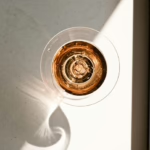




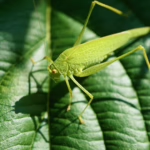








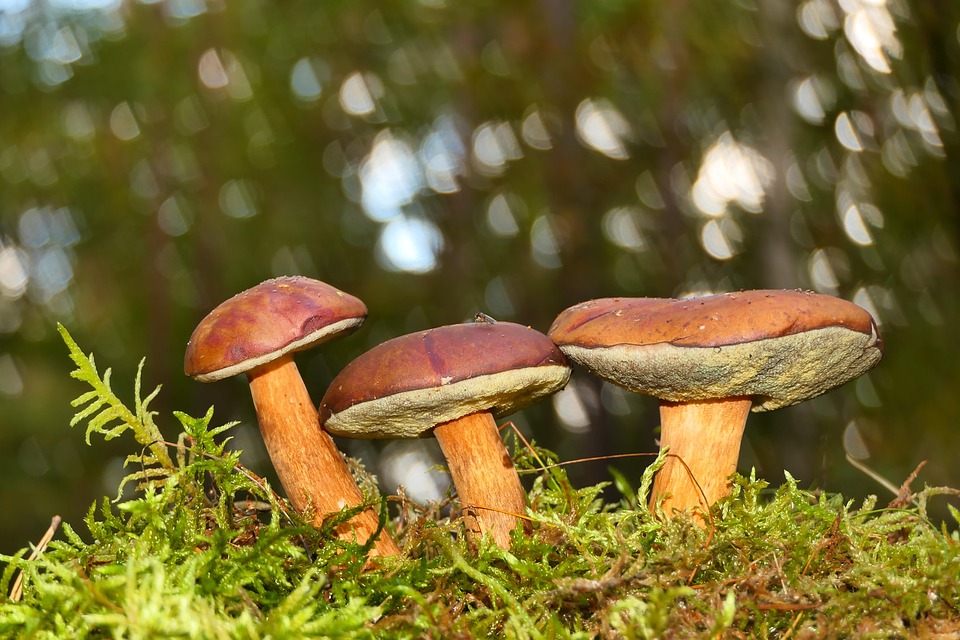


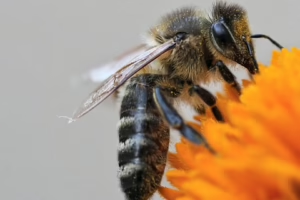
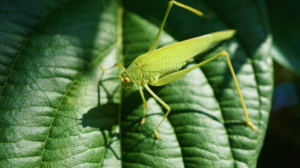

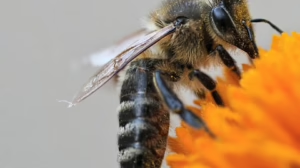




Add Comment